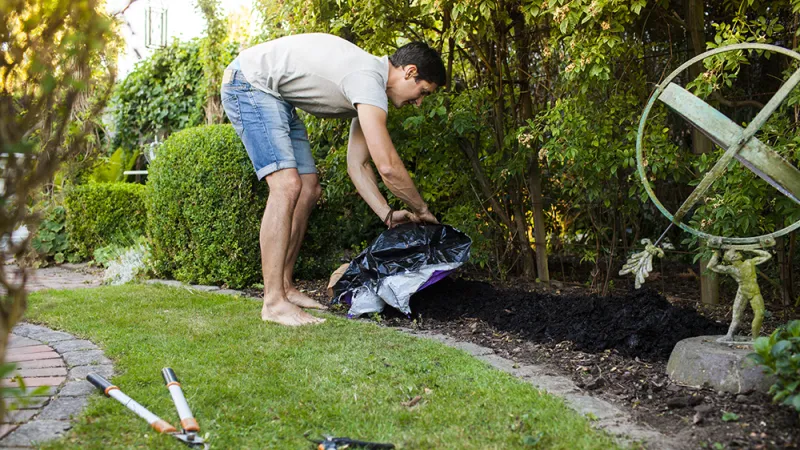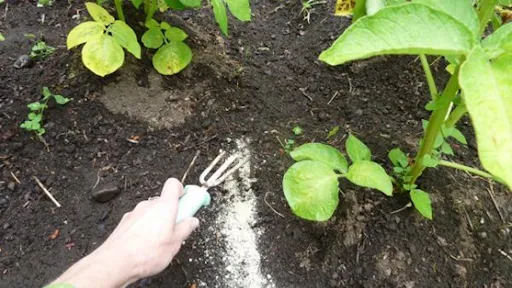When & How to Fertilize

When to fertilize
Analyze first
The decision to fertilize should be based upon the health of the plant, the desired rate of growth, and a soil analysis. A soil analysis will tell you the soil pH and the amounts of nutrients in the soil that are available for plant growth.
Don't assume a plant needs fertilizing
Many woody ornamentals such as non-flowering trees and shrubs don’t require fertilizer, even at planting.
Plants have different fertilizing needs
Fruit trees, vegetables, and flowering annual plants have variable fertilizer requirements. Determine specific requirements before fertilizing.
Wait for dry weather
Wait until main season rains have ended so that valuable nutrients are not washed away.
Not during cold weather
Stop fertilizing in late fall as soil temperature drops.
Not during very hot weather
Avoid fertilizing on very hot days when plants are working hard to stay hydrated.
Water, wait, apply
Apply fertilizer a day after thoroughly watering plants to prevent leaf burn.
For some additional specifics, refer to:
• Fertilize your lawn
• Fertilize your landscape

How to apply fertilizer
How you apply fertilizer depends on what you are adding and when. Always refer to the product label for information.
Granular, powder or pelleted-type fertilizers:
Scatter them around the base of the plants and scratch lightly into the soil.
Water-soluble products:
Mix in a watering can or other container and apply directly to the plant.
Fertilizing Lawns:
Lawns require a different approach. Learn more here about lawn fertilizing.

